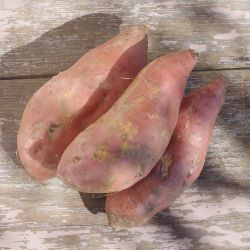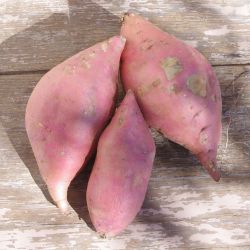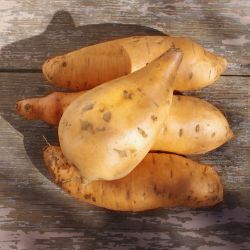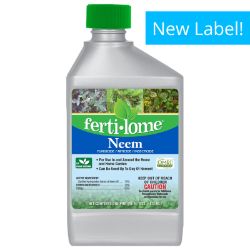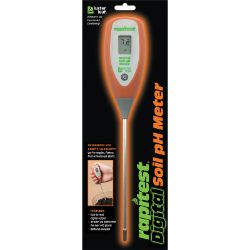Pest & Disease Control for Sweet Potato Plants
Regular monitoring of your sweet potato plants for signs of pests and diseases, along with prompt action when issues are detected, will help ensure a healthy and productive crop. Integrated pest management strategies, such as companion planting and introducing beneficial insects, can also be effective in controlling pests and diseases.
NOTE: This is part 5 in a series of 8 articles. For a complete background on how to grow sweet potato plants, we recommend starting from the beginning.
Common Sweet Potato Pests & Diseases
Pests:
- Sweet Potato Weevil (Cylas formicarius): These weevils lay eggs on the vines, and the larvae bore into the sweet potatoes, causing damage.
- Whiteflies (Bemisia tabaci): These tiny insects feed on plant sap and can transmit diseases, such as sweet potato whitefly-transmitted viruses.
- Aphids: Aphids feed on plant sap and can transmit viruses. They can also cause distortion and yellowing of leaves.
- Cutworms: These caterpillars feed on young plants, cutting them off at the base. They are particularly problematic in the early stages of growth.
- Wireworms: Larvae of click beetles, wireworms feed on sweet potato tubers, causing damage to the crop.
Diseases:
Fungal Diseases:
- Rhizoctonia Root Rot: Causes decay of sweet potato roots.
- Black Rot (Ceratocystis fimbriata): Leads to wilting and blackening of stems.
- Leaf Spot Diseases: Various fungal species can cause spots on leaves.
Viral Diseases:
- Sweet Potato Leaf Curl Virus (SPLCV): Causes leaf distortion and curling.
- Sweet Potato Feathery Mottle Virus (SPFMV): Results in mottling of leaves.
Bacterial Diseases:
- Soft Rot (Erwinia spp.): Causes decay of sweet potato roots.
Nematodes:
- Root-Knot Nematodes: These microscopic worms can damage sweet potato roots, affecting plant growth.
Environmental Issues:
- Excessive Moisture: Overwatering or poorly drained soil can lead to root diseases.
- Cold Temperatures: Frost can damage sweet potato vines and tubers.
Options for Pest & Disease Control
Practice Crop Rotation: Rotate sweet potatoes with other unrelated crops each season to disrupt the life cycles of pests and diseases. This reduces the likelihood of infestations in the same location.
Provide Adequate Spacing: Plant sweet potatoes with sufficient spacing to promote good air circulation. Proper spacing helps prevent the development and spread of fungal diseases.
Regular Inspection: Conduct regular inspections of your sweet potato plants. Look for signs of pests such as aphids, whiteflies, and sweet potato weevils, as well as symptoms of diseases like fungal spots or wilting.
Natural Predators: Encourage natural predators like ladybugs and predatory beetles in your garden. They can help control aphid populations and maintain a balanced ecosystem.
Neem Oil for Pests: Use neem oil as an organic insecticide to control common sweet potato pests. Neem oil disrupts the life cycle of pests and has antifungal properties, providing a dual benefit.
Copper-Based Fungicides: If fungal diseases like leaf spot or rust become an issue, consider using copper-based fungicides. Apply these according to the manufacturer’s instructions to control the spread of the disease.
Remove Infected Plants: Promptly remove and destroy any plants showing signs of disease to prevent the spread to healthy plants. This is especially important for fungal or bacterial infections.
Maintain Soil Health: Ensure good soil health by adding organic matter and practicing proper watering techniques. Healthy soil contributes to strong plant growth, making them more resilient to pests and diseases.













